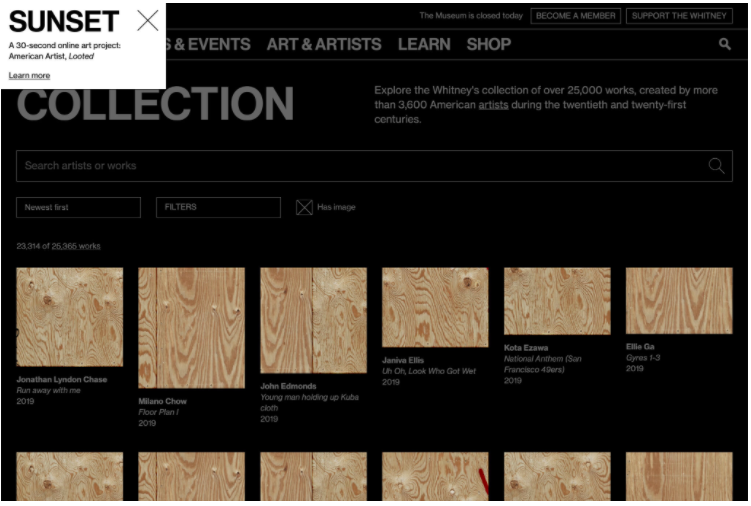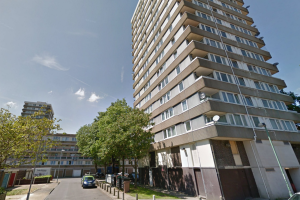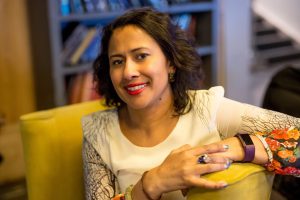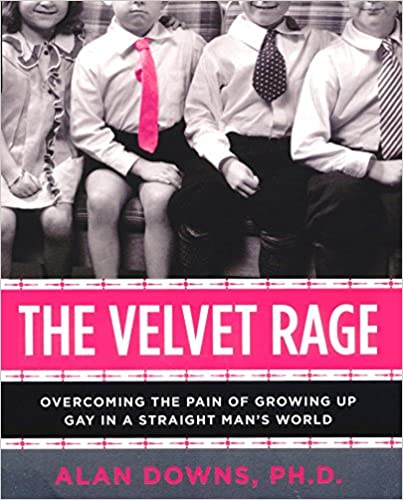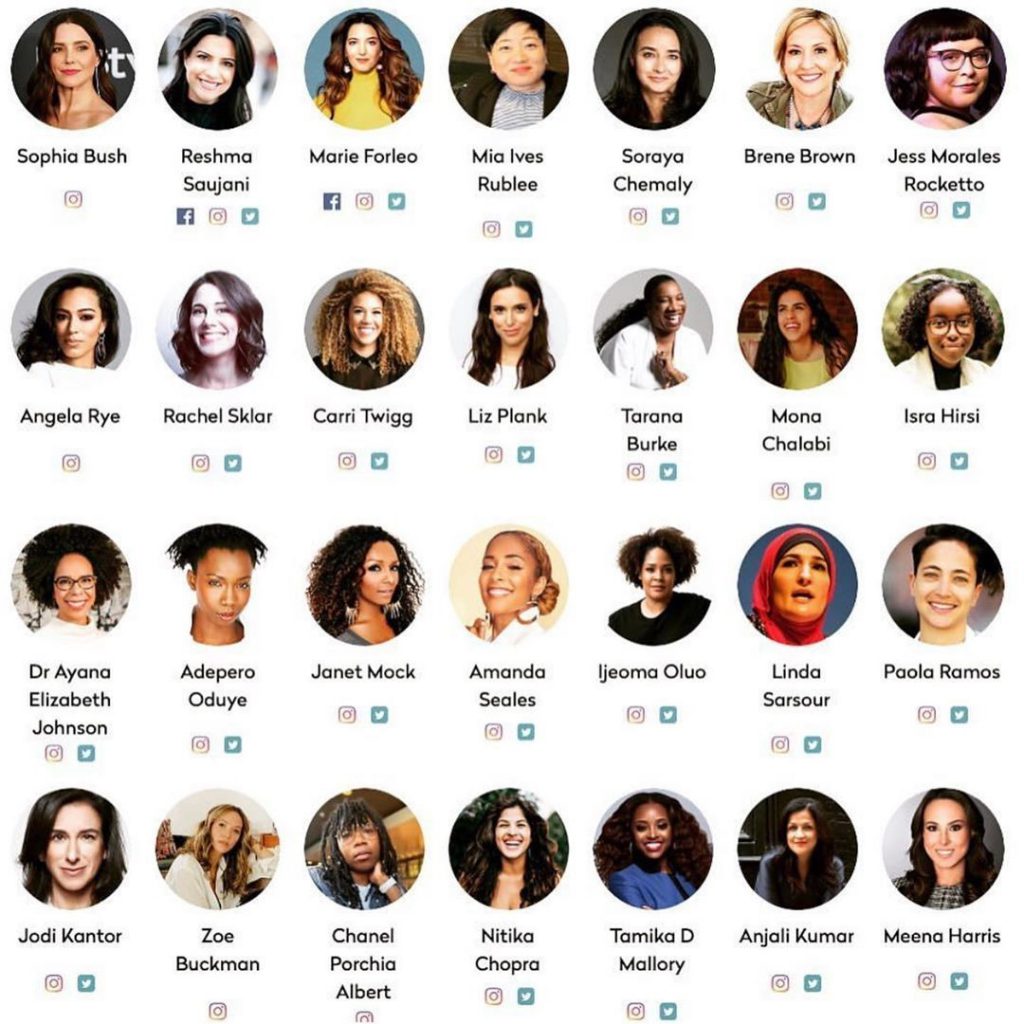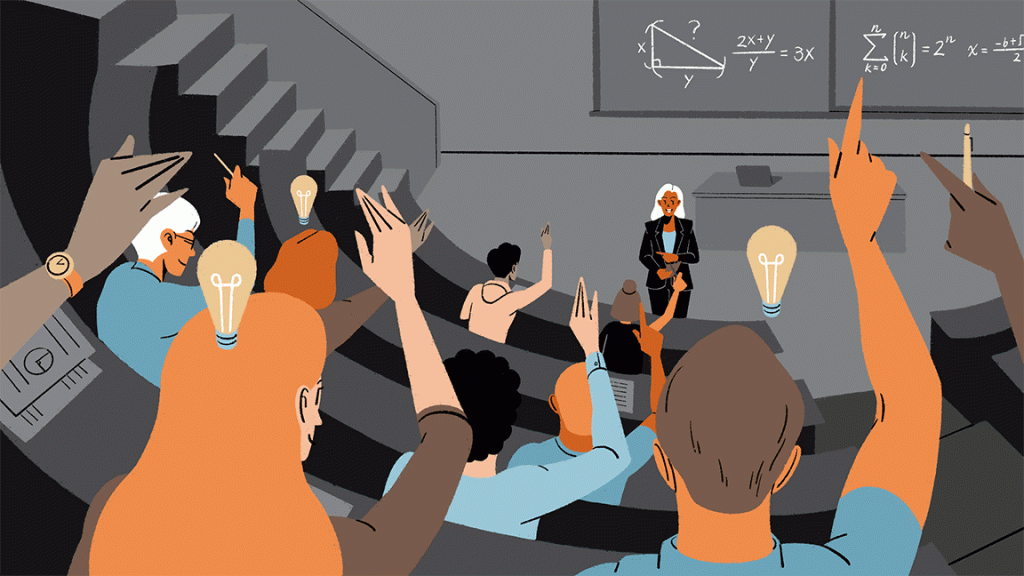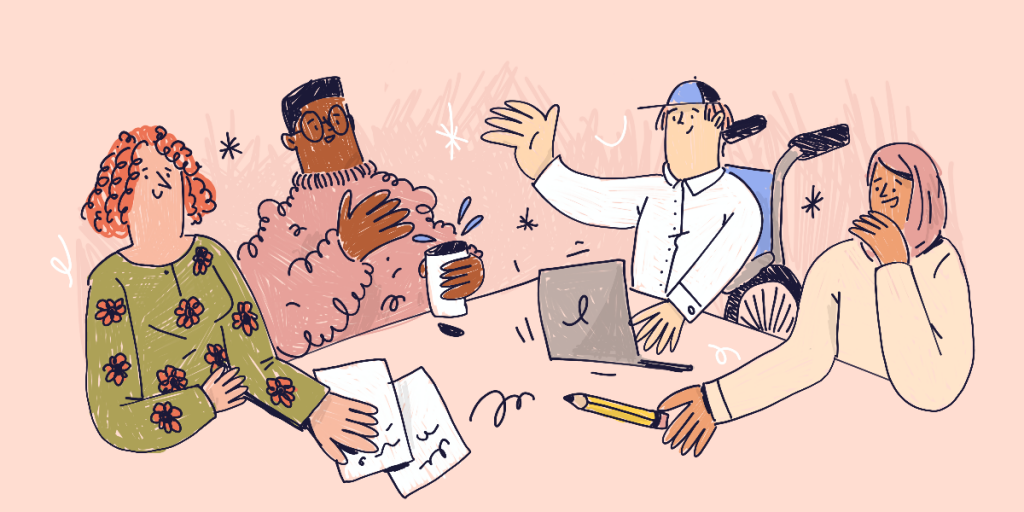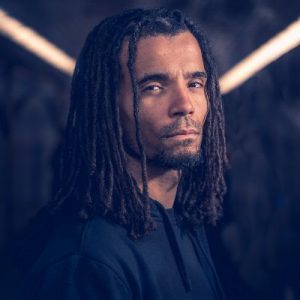Alexandra Birrell completed her MSc in Mental Health and Psychological Therapies in London. As an NHS therapist and transracial adoptee, she has a special interest in working with clients with anxiety and depression stemming from social inequalities. She uses embodied writing as a form of activism, using first person narrative to bring awareness to systemic cultural issues.
Alexandra says: “When the BLM movement started featuring in the news, I found myself in a unique position. As a transracial adoptee, I am seen by society as an ethnic minority, but treated by my white family and friends as a white person. The dominant narrative when I was growing up was that “we don’t see race, we only see our daughter/cousin/friend.” But it was this narrative that stopped me from understanding and expressing the pain that came from directly experiencing racism. Seeing people raging in the streets tapped into deep seated emotions that had never had a voice. This article contains my reflections on how even microaggressions can add up to create a bigger picture over a lifetime.”
Over the past several weeks, as the #BlackLivesMatter movement turns the global conversation toward racial issues, I recognise my own privilege in being able to take my time to reflect on my own racial experiences. Some people are challenged by the concept of privilege, especially in the context of race. They may say, “but how can I be privileged? I grew up with nothing; I witnessed abuse; I was abused; my parents were alcoholics; I grew up poor.” But privilege is not a yes/no tick-box; it is a complex topic. It is not only about the things we have experienced; it is also about the things we have not. For example, people can be privileged racially, whilst at the same time being un-privileged economically. It took me a long time to realise that despite being privileged in many ways, a lifetime of racial microaggressions added up to poor mental health that almost cost me my life.
As a mixed-race woman growing up in Canada, with blood from the Philippines, Portugal, Spain and England (and as a recent DNA test tells me, also from France, India, Indigenous Mexico, Northern Africa and Senegal) the most common question I have been asked is “but where are you really from?” It is a question that has haunted me throughout my life, even growing up in the suburbs of multicultural Toronto. The difficulty of living in a place where everyone you know is a first to fourth generation immigrant is that, despite being born and raised in Canada, considering yourself Canadian is not perceived to be enough of an identity. Canadians may still consider themselves Italian, for example, despite being born in Canada, and their parents and grandparents being born and bred Canadian.
What happens when you can’t identify with your country of birth, but also don’t belong to the cultures and heritages of your ancestors? What is a “half-caste” (to use one of the many descriptions others have used) modern woman to do with the knowledge that her body and her existence are the result of centuries of violence — whose blood is made up of both historically colonised and coloniser?
My racial experience has been further complicated by my early life adoption into a white Scottish family. The controversial subject of transracial adoption began to feature in debate nearly thirty years ago, but the cultural assumption is still that adoptees should assimilate the racial culture of the adoptive family. I grew up with the narrative that “we are a family of Scottish ancestry, and this is our heritage.”
I was therefore, at the age of four, thoroughly unprepared when kids on the playground pulled back their eyes at me, mocked, “you’re Chinese!”, and burst into laughter. At this young age, I began to realise I did not fit the description of being white-Scottish, but also had no idea what my true ethnicity was. Adoptees are not allowed access to their own medical or birth records until the age of 18. For all I knew, I could have been Chinese. I didn’t understand why this was so funny.
In my horrified shock, I was silent. None of the adults in my life knew that I was being taunted on the playgrounds. This was the beginning of a lifetime of internalising racial shame.
At eleven, a group of boys started to follow me home from school, laughing and pulling back their eyes. At first, I laughed along, buying into the narrative that they were just teasing me. After all, isn’t that what boys do when they like you? Weeks went by — the laughter stopped, but the ridicule continued. One day, they started to follow me home as usual. My heart was already starting to race when I heard a loud CRACK! It sounded like a gunshot. They’d gotten hold of fireworks and were shooting them at me. I still said nothing to my parents, or any adult in my life.
At fourteen, our family moved from multicultural Toronto to an affluent (Read: All White) suburb an hour from the city. My white parents had no idea that during these teenage years, it was developmentally even more important for me to have racial mirrors in my life; to be able to see myself reflected in the world around me, and to understand that my physical characteristics were normal and acceptable. I was confused when, on the first day of high school, not knowing a single soul, someone shouted down the hallway at me “Asian slut!”
I fought back hot tears of humiliation. I was confused; I lacked an understanding of the violent historical roots of this comment. I did not know about the women who, during western occupation of Asia during the Philippine-American War, World War II and the Korean and Vietnam wars, were forced into local sex trafficking rings to serve soldiers. I did not know about the stereotypes that rationalised sexual violence toward Asian women.
Even knowing these stereotypes now, I look back and realise that I was not a woman; I was a child. I later learned that children of colour are often treated as being more mature than they are, and more mature than white children of the same age, due to a form of racial prejudice called Adultification Bias.
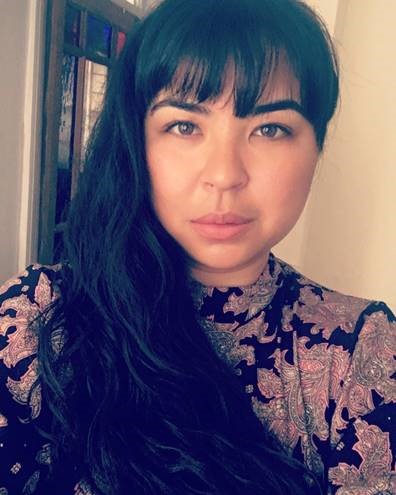
Alexandra Birrell writes about her experiences of being a transracial adoptee
The judgement and rejection got worse for me through those torturous school years. Class after class, I was the only person of colour in the room, and when I wasn’t being taunted or physically threatened, I was completely ignored.
At sixteen, I started to smoke weed. Being with my stoner friends was the only place I felt accepted, and the weed helped to numb the deep pain that I was in. But even my so-called friends laughed at me: “You don’t need to smoke weed, look at you. You’re already chinky eyed!” a friend said in front of a large group. The whole room erupted with laughter. My body went into freeze mode, as it had done a million times before. I had nothing to say; nothing to fall back on. I did not know what it meant to be Asian. I had no ethnic role models in my life. I had no one to teach me about racism.
I did not see myself reflected anywhere in my family or in my wider culture. According to the Journal of Intercultural Communication, Asian/Pacific Islanders are still underrepresented and misinterpreted in mainstream media, forming only 3% of all prime-time characters and primarily being portrayed as “dangerous criminals…unassimilated immigrants… [or] subservient sexual objects” (Ramasubramanian, 2011). And the less interracial contact white people have, the more their views are defined by media portrayals of stereotypes.
With no racial pride to summon up, when I was taunted for my physical features, I simply allowed myself to sink into silent humiliation — a go-to protective response. I began to hate what I looked like. I wanted to be white and just fit in, but never shared this desire with my parents — how could I? They believed I already was.
I worked hard and went to Wilfrid Laurier University in Waterloo, Canada to study psychology. But the psychology I learned did not include the psychology of people of colour. I learned about Sigmund Freud, Wilhelm Wundt, William James, and Edward Titchener — white male after white male, while my white classmates nodded along.
I learned about how race is a social construct; how the differences in our skin tone are only skin deep, a biological response to different climates that we settled in as humanity spread throughout the globe. I learned about how biologically, our similarities are more than our differences. I understood, but it just didn’t resonate. We live in a world made up of social constructs. The fact is that ethnic minorities have different experiences than white people, simply because the world we live in was designed by white people to benefit themselves. This is why the common notions of “not seeing colour” and “all being one human race”, whilst noble and often coming from good intentions, are demoralising and demeaning to people of colour; they deny the difficulties we face in a world where racial discrimination still exists.
After lectures, I was often the only person of colour at the bars my white friends and I went to. One day, I acknowledged this reality out loud. “Don’t worry!” a white friend laughed. “You’re pretty much white!” She meant it as a compliment, but I could read the subtext: The colour of your skin is not acceptable. Only your lifelong proximity to white culture makes you acceptable.
After moving to England, a man at a bar asked me where I was from, then loudly exclaimed, “but you don’t look Canadian!” immediately exposing his own ignorance. “I think you mean that I don’t look like a British coloniser,” I snapped back at him. To be Canadian is to be either first nations, or an immigrant. But despite my quick comeback, his comment seared. He did not know that with his ignorant remark, he was stripping me of any identity I could cling to. He did not know that he was perpetrating a narrative that hundreds of years of colonialism and violence had created — the narrative of history told from the white perspective. The dominant narrative is still that “Canada is 150 years old” as this is when it was “found” by white Europeans. Never mind the native cultures, stories, and lives lived spanning over hundreds of years — they have never mattered in the eyes of the coloniser.
It’s not just history classes you see this narrative perpetuated. It’s in the pushing of white beauty standards on the rest of the world. It’s going to Thailand expecting to finally see myself reflected in the skin tones around me, only to find that there is not a single face cream available for purchase that doesn’t have bleaching agent in it. It’s realising that even there, my skin is wrong. And there is the same focus on white, Western beauty in terms of body size and type. For me, all of the above consolidates the assumption that thin white bodies are the norm, and everything else exists in relation to them.
At twenty five, I tracked down my biological mother and finally got the full story of my ethnic heritage. I bonded with her deeply, finally recognising where my emotional qualities and half of my face came from. But it was also difficult to realise that all along, I had actually been a half-blooded white person. Had I grown up within her side of my biological family, I would have still been the only person of colour. My Filipino father had not known that she was pregnant.
After meeting my white biological family, my many years of racial isolation began to sink in. I found a black therapist who specialised in transracial adoption issues at the Post Adoption Centre in London. Session after session, the rage that filled the room left me terrified. The gag had come off, and the protective survival response of silence could live no more. My therapist and I decided to have a meeting with my parents.
“My whole life, you’ve said that I’m Scottish,” I said between deep sobs of pain and release. “But I’m not.”
“What are you then?” my therapist probed.
“Not Canadian enough. Not Filipino enough. Not Portuguese enough. Certainly not English enough…” A silence came over me as my lifelong reality sunk in.
“I’m nothing,” I finally concluded, the full weight of the sentence finally landing on my chest after years of denial.
Depression set in, but the world didn’t notice. From jokes told in bad Indian accents by white people, to the “ching chang chong” chided by my own family member after I placed down a home cooked Chinese dinner down in front of him; from white people staring at me during professional trainings (of which I was still the only person of colour), to a friend turning to me in a social situation to ask me if “coloured people in society bring more illness”, I was still surrounded by racial naivety. At a party in Barcelona, a stranger bowed to me as I walked into the room and proceeded to nudge me throughout the night, laughing, “Eh, eh, is that how you do it?” bowing over and over as my face reddened each time.
“Do you find it easier that white people don’t tend to fear Asians?” my partner asked, genuinely. It was a good point. Even within the experience of being a person of colour, I am still awarded certain privileges. After thinking about it for a moment, I responded, “Of course I do. The white cultural narrative says that Asians are for laughing at, while other races are to be feared.”
My statement highlights the very nature of privilege — that some have benefitted from a system of power at the expense of others. If you have never had to fear for your safety because of the colour of your skin, that is racial privilege. If you have never been laughed at, humiliated or dehumanised because of the colour of your skin, that is racial privilege. And if you have never been feared because of the colour of your skin, like me, that is also racial privilege. It is up to each and every one of us to humbly and genuinely enquire the ways that we have unearned privilege.
Nearly thirty years after my transracial adoption, I grieved the loss of my own ethnic heritage; my own roots. I allowed myself to feel the lack of belonging; the lack of a true and deep safe space to land that has shadowed me throughout my life.
Screaming on deaf ears became its own form of trauma, and my rage continued to turn inward. An alien plucked from the sky, I fantasised about ideas of “going home” which to me, meant fading into the nothingness I felt that I was. I began to plan my own suicide.
I was not alone in this feeling — the Equality and Human Rights Commission completed a racial harassment inquiry in 2019 and reported that 56% of those harassed are subject to name calling, 20% to physical violence, and 1 in 10 who experience racial discrimination feel suicidal.
Racism is difficult enough to deal with. Mixed race people have a complex relationship to it, feeling that they don’t have any real sense of belonging to either of the cultures their blood comes from. Transracial adoptees, even more so, as we tend to fight this battle completely alone.
Luckily, with the support of difficult family conversations, transracial adoption Facebook support groups, long term therapy and several bouts of long term medication, I am in a different place now. I continue to do my own reading and research about my heritage and ethnicity, forever searching for something to be proud of.
And yet, the recent rise of the conversation of race has re-opened these wounds. The white people in my life either avoid the conversation with me completely, or hop on the bandwagon, posting black squares and hashtags, many of them not knowing a single thing about racism and its complexities. The current rhetoric is that “if you say nothing, you’re part of the problem,” but there is a difference between taking constructive action through personal research and education, and feeling entitled to an opinion about something you haven’t experienced yourself, which is its own form of privilege. Most of the time, if you haven’t experienced an issue yourself, the best thing to do is to listen to people who are, quite frankly, better placed to comment.
After a lifetime of dissociating from racial issues in the name of social acceptance; a lifetime of shutting down when faced with my own racist encounters, seeing people raging in the streets hit a bit too close to home. That rage is what I feel inside and often cannot express, because the reality is that if I talk about my lived experience, I will be labelled as angry, sensitive, self-absorbed, or difficult, which serves to further silence me and ensures the white dominant narrative lives on. At the same time, to speak out is to risk isolating myself from any sense of belonging that I do have within the white world I live in.
During this (hopefully) historical moment in time, I feel the pull to add to the conversation, and to support with education around racial issues, but I am also exhausted from the emotional labour of explaining the complexities of the subject. If you do not identify as a person of colour, please, understand that history is already told from your perspective, question your belief that you need to make a statement about everything that goes on in the world, and share the voices of the people this actually effects. Sit down at the table, pour a cup of tea, and listen up. Because we have lives to get on with, that don’t involve fighting this tired battle.
It has been difficult to come out of my protective shell of silence to acknowledge and honour my story. But shaking with the rage of twenty-nine silent years, I have put pen to paper as a labour of love. For the people of colour who, like me, feel shut down, dissociated, confused, or alone. For those who feel shocked, silenced, gagged, misunderstood, unseen, and unheard. For those who feel threatened, physically unsafe, terrified, traumatised and rejected because of the colour of your skin.
You are not alone. Your voice matters. Your life matters. You matter.
To hear more from Alexandra, you can connect with her through her Medium page, or follow her on Instagram.
